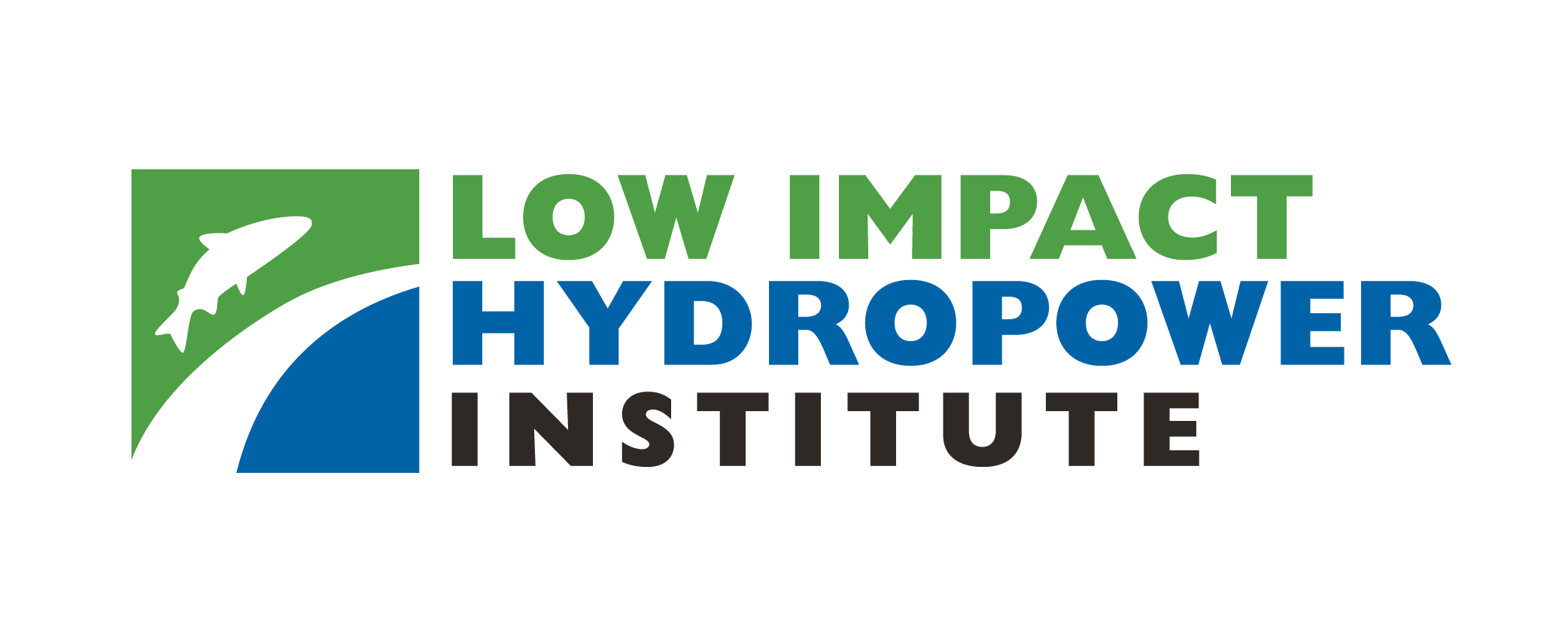LIHI 憑證 #149 – 佛蒙特州波納爾項目


| 項目名稱 | 波納爾 |
| 理海證書編號 |
149 |
| LIHI 證書期限 |
2018年12月7日-2033年12月6日 |
| 擁有者 | 胡西克河水力發電 |
| 狀態 | 佛蒙特 |
| 地點 | 胡西克河 (Hoosic River) 河道長 38.6 英里 |
| 裝置容量 | 0.491兆瓦 |
| 平均年發電量 | 3,200 兆瓦時 |
| 設施類型 | 河流的奔流 |
| 聯邦能源監管委員會 不。 | P-6795 豁免 1983 |
波納爾計畫位於佛蒙特州本寧頓郡波納爾鎮北波納爾,原波納爾製革廠所在地-胡西克河畔。原廠於1983年建成並投入營運。該地點最早利用胡西克河重力能的證據是一座建於18世紀的磨坊,之後又建了一座建於19世紀中期的毛紡廠。 1863年毛紡廠被燒毀後,該地被重建為北波納爾棉紡廠,並一直運作至1930年。 1936年,該工廠以波納爾製革公司的名稱重新開放。製革廠將羊皮和牛皮加工成成品皮革,用於製作鞋履和外套等產品。由於皮革需求下降以及災難性的設備故障,佛蒙特州最後一家商業製革廠於1988年關閉。 2016年,波納爾鎮和新的專案業主胡西克河水電公司(Hoosic River Hydro)重振了該專案並接管了專案營運。在佛蒙特州自然資源署(VANR)、美國魚類和野生動物管理局以及佛蒙特州歷史保護辦公室(SHPO)的支持下,該計畫的產能得到了提升。修復工作於2017年完成,並於同年11月投入營運。
該場地已加入美國環保署 超級基金 計劃和環保署 棕地 該計畫因歷史污染而設立。超級基金計畫著重於陸源污染,而棕地計畫則著重於 濕地該項目的污染。與水力發電開發相關的主要修復工作集中在上游受多氯聯苯污染的沉積物上。 壩截至 2017 年,在佛蒙特州環境保護部 (VDEC) 和美國環保署的密切監督下,計畫營運產生的所有受污染沉積物均已從現場妥善清除或緩解。
胡西克河發源於麻薩諸塞州道爾頓附近,西北流至佛蒙特州波納爾。從那裡,這條河向西北流入紐約州,匯入哈德遜河的支流瓦盧姆薩克河。該項目下游有四個水力發電項目,上游有四個非發電水壩。從上游到下游的下游水力發電項目包括 Hoosic 河計畫 LIHI #13 (Johnsonville 開發案)、James Thompson 專案(FERC 編號 P-6411)以及 Hoosic River 專案的其餘部分、Schaghticoke 開發案。
該項目包括一座水壩、溢流 溢洪道, 閃光板, 波尖峰 蓋茲,攝取量 運河,前池, 壓力水管, 發電站和尾水。
大壩主要由 弧形 重力溢流結構建於1955年。大壩長153英尺,最大高度18英尺。它採用2.5英尺的擋水板和 山頂門. 在右邊 鄰接 大壩頂部有一條引水渠(40英尺長的混凝土溢流段),寬20英尺,相對於壩頂約18英尺深。大壩形成了一個約200英尺長的旁路河段。一條93英尺長、8英尺直徑的壓力水管將水從前池輸送到發電站。木造發電廠包含一台WWS Wasserkraft水輪機和一對Hitzinger感應發電機,裝置容量為0.5兆瓦。
該項目以瞬時 徑流 模式,並蓄水77英畝的水庫。此計畫依照美國魚類及野生動物管理局(USFWS)和維吉尼亞州環境保護部(VDEC)的建議,在繞行河段提供最低56立方英尺/秒的流量。
PLUS-標準型: 相對於專案規模而言,水流控制已取得顯著改善。閘板被自動頂閘取代,以及 可程式邏輯控制器 確保旁路流量得到控制,蓄水位保持穩定。該項目的規模通常不值得如此大規模的投資,但該項目是自願採取的。
計畫流域內的水域被劃定為B類水域,並被列為受多氯聯苯(PCB)和重金屬污染影響的水域。這些影響是由於上文提到的波納爾製革公司(Pownal Tannery Company)過去的工業活動以及上游工業設施所造成的。
PLUS-標準型: 計畫業主自願從前池和蓄水池中挖掘並處置了約1,159立方碼的受污染沉積物。否則,這些有毒沉積物可能會被發電水流夾帶並輸送到下游。此次修復工作對水生生物和環境產生了顯著的益處。 河岸 蓄水區、繞河段和下游河段的物種及其棲息地。
下游水壩目前對上游航道構成障礙,因此工程區內沒有洄游物種。過去的工業活動也減少了該地區的留魚數量。有些物種可能佔據了蓄水池,並且可以自由地越過水壩進入下游繞行河段。專案業主也自願安裝了間距為1.25英吋的攔污柵,結合較低的進水流速,降低了潛在的 夾帶。 USFWS 和 VDEC 均支援這些緩解措施。
計畫週邊土地主要為農地、住宅區或林地,計畫採用徑流式運作模式,最大程度地減少了海岸線侵蝕。改進的流量控制措施進一步降低了海岸線退化的可能性。計畫區域內不存在具有重要生態價值的土地。
計畫附近可能存在的受威脅或瀕危物種包括北長耳蝠。計畫河段內未發現關鍵棲地,因此此計畫對蝙蝠族群沒有影響。
專案範圍內不存在任何文化或歷史資源。包括更換擋水板、壓力水管和其他設施在內的修復工作未發現對歷史遺產造成影響。佛蒙特州歷史保護部門曾多次得出結論,該項目不會對任何符合或列入歷史遺產保護名錄的歷史遺址產生不利影響。 國家歷史遺跡名錄.
長期以來,河流的水質不佳,削弱了其休閒娛樂用途的潛力。雖然目前主要可以透過非正式管道進入蓄水池,但計畫附近的魚類不建議供人類食用。 多氯聯苯 氯苯那敏可以透過皮膚吸收,因此不建議在河裡或河上進行任何娛樂活動。即使處理魚類也可能構成健康風險。
合規狀態
目前證書中沒有針對設施的特定條件。
2025: 未發現重大變更或合規問題。根據年度審查,該項目仍符合規定。
2024: 未發現重大變更或合規問題。根據年度審查,該項目仍符合規定。
2023: 未發現重大變更或合規問題。根據年度審查,該項目仍符合規定。
2022: 未發現重大變更或合規問題。根據年度審查,該項目仍符合規定。
2021: 沒有報告變更或合規問題。根據年度審查,該項目仍符合規定。
2020: 沒有報告變更或合規問題。根據年度審查,該項目仍符合規定。
2019: 沒有報告變更或合規問題。根據年度審查,該項目仍符合規定。
2018: 目前證書的年度報告尚未生效。
認證歷史
2022 年 1 月 1 日: 根據 2022 年 1 月 1 日發布的 LIHI 第二版認證手冊第 2.05 版,LIHI 證書期限已延長。
2019年3月18日: 對波納爾水力發電計畫進行認證的決定為最終決定。申訴期於2019年3月15日結束,期間未收到任何申訴。此計畫的認證期限為2018年12月7日至2028年12月6日。
2019年2月12日: 低影響水電研究所 (LIHI) 已初步批准波納爾水力發電計畫獲得低影響認證。該決定尚待 30 天的申訴期過後才能做出。只有在 60 天的評論期內對初始申請發表意見的人員才有資格提出申訴。此類申訴需要說明為何該項目不符合 LIHI 標準。申訴請求可以透過電子郵件發送至 評論@lowimpactHydro.org 請在郵件主旨中註明“波納爾水力發電計畫”,或郵寄至低影響水力發電研究所,地址:329 Massachusetts Ave, Suite 2, Lexington, MA 02420。所有申請都將發佈在網站上。申請人將有機會回复,回復也將發布。 請求必須在 2019 年 3 月 14 日美國東部時間下午 5 點之前收到。 完整的申請和審核報告如下。如果沒有收到申訴請求且決定成為最終決定,則該計畫(待批准 LIHI #149)的認證期限為 2018 年 12 月 7 日至 2028 年 12 月 6 日。
2018年12月10日: 低影響水力發電研究所 (LIHI) 已收到一份完整的波納爾水力發電計畫低影響認證申請(FERC 編號 6795,豁免)。該項目位於佛蒙特州本寧頓縣波納爾鎮的胡西克河畔。 LIHI 正在就此申請徵詢公眾意見。具體而言,我們想知道您是否認為該項目符合 LIHI 低影響認證標準(第二版手冊中修訂版)。請查看 LIHI 修訂版中的項目和標準。 手冊 然後查看下面該項目的申請資料。與特定 LIHI 標準(流量、水質、 魚道等等)將非常有幫助,但所有評論都會被考慮。意見可以透過電子郵件提交給研究所 評論@lowimpactHydro.org 請在主旨欄註明“Pownal 專案評論”,或郵寄至低影響水力發電研究所,地址:329 Massachusetts Avenue, Suite 2, Lexington, MA 02420。 評論必須在 2019 年 2 月 8 日美國東部時間下午 5 點之前收到 予以考慮。所有評論都將發佈到網站上,申請人將有機會回應。任何回應也將被發布。
